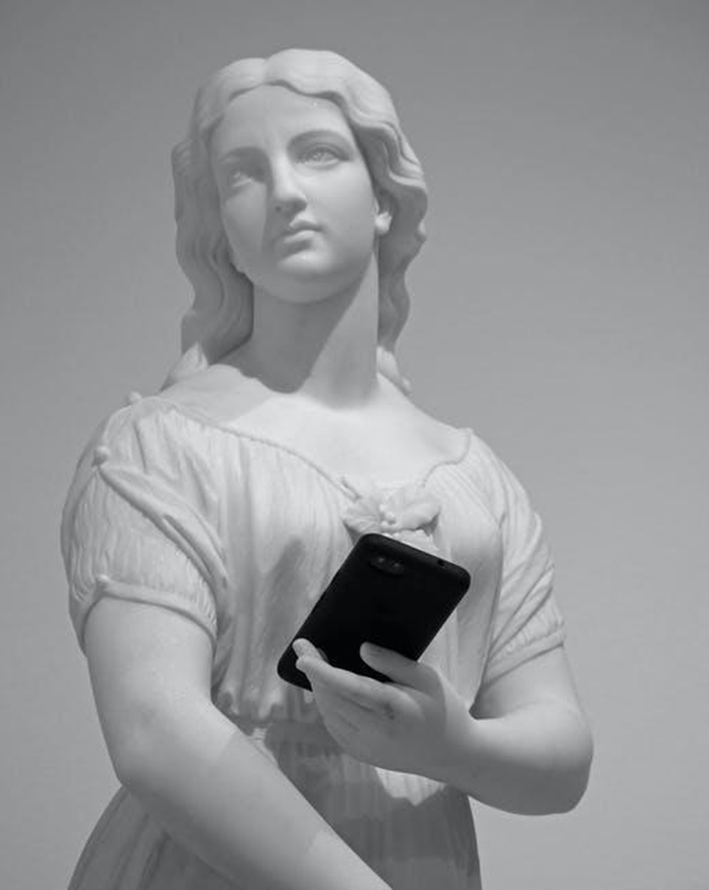At first augmented reality technology evolved at the level of ordinary business cards, when hovering on which animation appeared with different effects and functions. Today, virtual scenes quietly run in real space, helping to decorate any cultural event – from museums to exhibitions.
The motionless painting on the wall can be even more inspiring and surprising to its viewers at the expense of placing a number of additional information, which can be accompanied not only by the text, but also by audio. In some cases it is even possible to make the picture itself «revived» and everything that is on it, began to move.
Visitors receive an ideal AR guide (for example, in the form of museum-handed tablets), which will help to see and learn more in a simplified form.
To create such projects, you do not need to know programming or 3D-design. This helps to save money on development. There are tons of online designers created to create augmented reality specifically for museums and exhibitions. It also saves on specialists in augmented reality.
The traditional approach to the organization will not disappear, but gradual digitalization through WebAR technology will definitely attract the attention of visitors and will push the study of history through the cost of interactivity.
Multimedia is a great choice if you want to improve the work of any cultural event, as people begin to shoot everything in photos and videos, post it on social networks and increase the level of information noise of any event. This combination of effective communication and information acquisition will increase the loyalty of visitors.
In the case of work without an application, access to numerous information is provided through scanning the QR-code of the exhibit of interest. It is enough to do it once – and you can go to different halls and focus on all expositions. In this case, if you want to add audio voice, you do not even need to hire special people. Everything is done in the already available free programs from Google and Yandex (Alice) – write the text and give it to the voice. Later you get an audio file that you can add to the platform.
As you can understand, the future for museums and exhibitions in virtualization.
